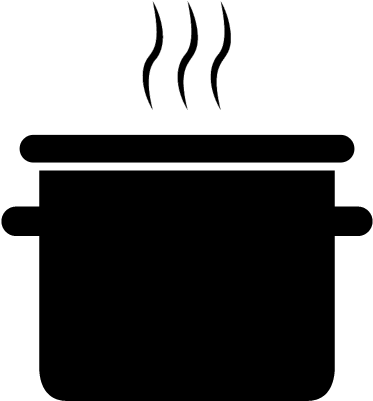The trend in normalizing flow (NF) literature has been to devise deeper, more complex transformations to achieve greater flexibility.
We propose an alternative: Gradient Boosted Normalizing Flows (GBNF) model a density by successively adding new NF components with gradient boosting. Under the boosting framework, each new NF component optimizes a sample weighted likelihood objective, resulting in new components that are fit to the residuals of the previously trained components.
The GBNF formulation results in a mixture model structure, whose flexibility increases as more components are added. Moreover, GBNFs offer a wider, as opposed to strictly deeper, approach that improves existing NFs at the cost of additional training---not more complex transformations.
Link to paper:
Gradient Boosted Normalizing Flows by Robert Giaquinto and Arindam Banerjee. In Advances in Neural Information Processing Systems (NeurIPS), 2020.
The code is compatible with:
pytorch 1.1.0python 3.6+(should work fine with python 2.7 though if you include print_function)
It is recommended that you create a virtual environment with the correct python version and dependencies. After cloning the repository, change directories and run the following codes to create a virtual environment:
python -m venv ./venv
source ./venv/bin/activate
pip install --upgrade pip
pip install -r requirements.txt(code assumes python refers to python 3.6+, if not use python3)
The experiments can be run on the following images datasets:
- static MNIST: dataset is in data folder;
- OMNIGLOT: the dataset can be downloaded from link;
- Caltech 101 Silhouettes: the dataset can be downloaded from link.
- Frey Faces: the dataset can be downloaded from link.
- CIFAR10: from Torchvision library
- CelebA: from Torchvision library
Additionally, density estimation experiments can be run on datasets from the UCI repository, which can be downloaded by:
./download_datasets.sh
- main_experiment.py: Run experiments for generative modeling with variational autoencoders on image datasets.
- density_experiment.py: Run experiments for density estimation on real datasets.
- toy_experiment.py: Run experiments for the toy datasets for density estimation and matching.
- image_experiment.py: Run experiments for image modeling with only flows (no VAE).
- models: Collection of models implemented in experiments
- optimization: Training, evaluation, and loss functions used in main experiment.
- scripts: Bash scripts for running experiments, along with default configurations used in experiments.
- utils: Utility functions, plotting, and data preparation.
- data: Folder containing raw data.
The scripts folder includes examples for running the GBNF model on the Caltech 101 Silhouettes dataset and a density estimation experiment.
Toy problem: match 2-moons energy function with Boosted Real-NVPs
./scripts/getting_started_toy_matching_gbnf.sh &Toy problem: density estimation on the 8-Gaussians with Boosted Real-NVPs
./scripts/getting_started_toy_estimation_gbnf.sh &Density estimation of MINIBOONE dataset with Boosted Glow
./scripts/getting_started_density_estimation_gbnf.sh &Generative modeling of Caltech 101 Silhouettes images with Boosted Real-NVPs
./scripts/getting_started_vae_gbnf.sh &More information about additional argument options can be found by running ```python main_experiment.py -h```






